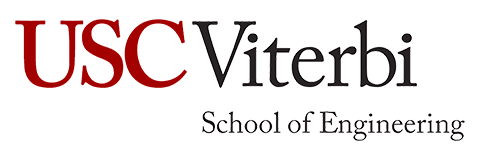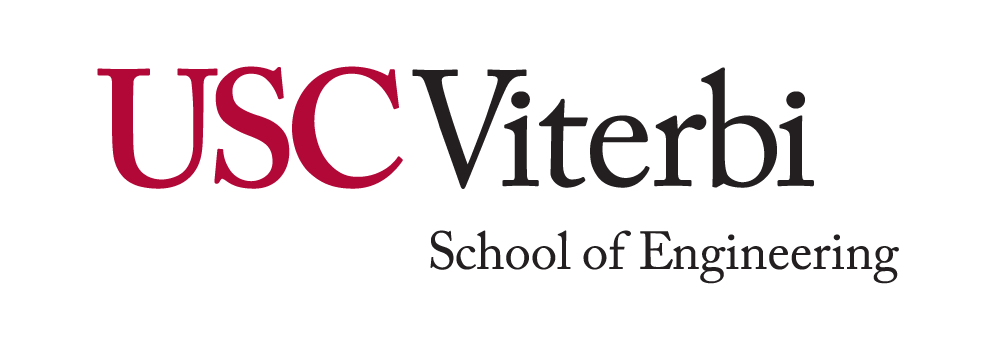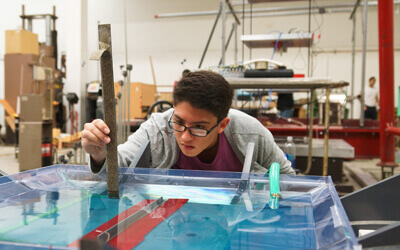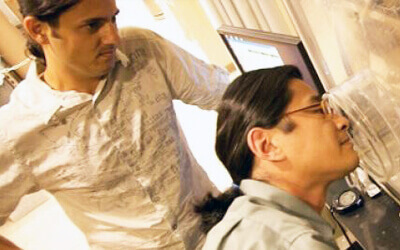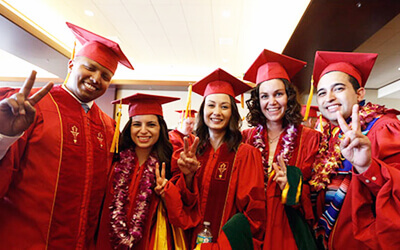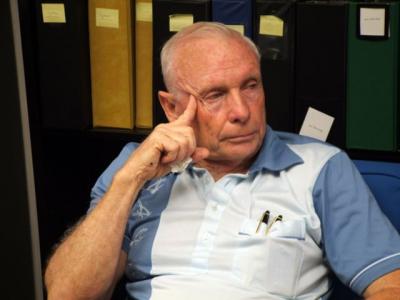
Cesar Pina
Speeches, tributes, gifts and songs mark a retirement lunch celebrating two decades of accomplishments by MOSIS chief Cesar Pina.
A large and enthusiastic group gathered for lunch June 30 to eat Cuban food – in honor of the birthplace of the departing MOSIS chief – and toast the a great success story.In the serious portion of his remarks, Pina recalled that he joined ISI in 1987 for what he thought would be two or three years.
Instead he took over the leadership of the organization originally set up as an in-house chip foundry for DARPA and other government agencies, and, as ISI executive director Schorr explained, made a successful transition to serving academia and industry as well.
“He has left very big shoes for Wes to fill,” said Schorr.
In the non-serious part of his presentation, Pina offered a cheerfully bogus equation deriving energy level from height, weight and age.
A U. Michigan alumnus, Pina also expressed sadness that he would no long have U. Wisconsin alumnus Joel Goldberg to blame for everything.

Piña, Schorr, Hansford
The assembled MOSIS staff, also including ISI Administration & Business Affairs chief James Whalen and Information Processing Center chief Richard Nelson watched as Piña received two memorials: a USC jacket, and a wafer inscribed with his name.
The next step was musicale presented by a Hawaii-influence group ukeleled by MOSIS operations manager Kathleen Fry.
“Thank you all for your support,” said Piña back in serious mode. “I have been lucky to work with this staff for twenty years. Any success has been due to you: I just shuffle papers. ”
“I will miss all of you, he concluded, “But I will not miss the drive.”
Hansford, who is taking over as MOSIS director, offered a detailed history of Piña’s career:
“I have had the pleasure of working with Cesar for over 20 years. During that time he has guided MOSIS, we have gone from a DARPA funded service supporting only a few commercial customers to a successful self-funded service with commercial users from hundreds of firms, both large and small – as well as our ongoing support for government and university users. MOSIS has worked with over two dozen fabrication vendors and a couple of hundred processes.
 “Throughout this Cesar has kept our focus on customer service and order execution, while continuing to explore new technologies to grow our offerings.
“Throughout this Cesar has kept our focus on customer service and order execution, while continuing to explore new technologies to grow our offerings.
“Before Cesar came to ISI he worked at JPL and other firms including Raytheon in the Boston area – his first job. After Raytheon, he worked for Hoffman Electronics in Chicago for six years before taking a job with Continental Devices here in sunny Southern California. In 1971, he founded Regulus Semiconductor, then worked for Micro Semiconductor for five years before joining JPL. While at JPL, he received his master?s degree in applied mathematics from Claremont Graduate University (CGU). His undergraduate degree is in aerospace engineering from the University of Michigan. He also received the CGU Distinguished Alumni Service Award in 2005.
“In addition to our paid work for commercial, government and university users Cesar has helped provide universities with free fabrication via the MOSIS Education Program (MEP). The MEP has provided fabrication not only for educational use but also for unfunded research. Cesar formed the MOSIS Advisory Committee for Education, working with academia and industry to provide university access to a variety of technologies. The MEP supports academic institutions large and small across the US.
“One project of special interest is an artificial retina. Over 14 million people worldwide suffer from blindness due to age related macular degeneration. The artificial retina can help restore their vision. Cesar has helped with sponsoring fabrication for a group lead by Prof. John Wyatt at MIT, as well as groups in U.C Santa Barbara, U. Michigan and others. By providing free fabrication access for artificial retina development the progress of this research has been measurably enhanced.
“In addition, Cesar has been involved with the Claremont Math Clinic for a number of years, resulting in more than 20 published papers, just in the last few years. These have been in the area of semiconductor modeling and leverage MOSIS’ access to IC test structures. The collaboration with Claremont has helped numerous mathematics graduate students gain valuable experience in dealing with real world complex problem solving that has lead to improving MOS device modeling.”
Published on July 1st, 2009
Last updated on June 3rd, 2024
